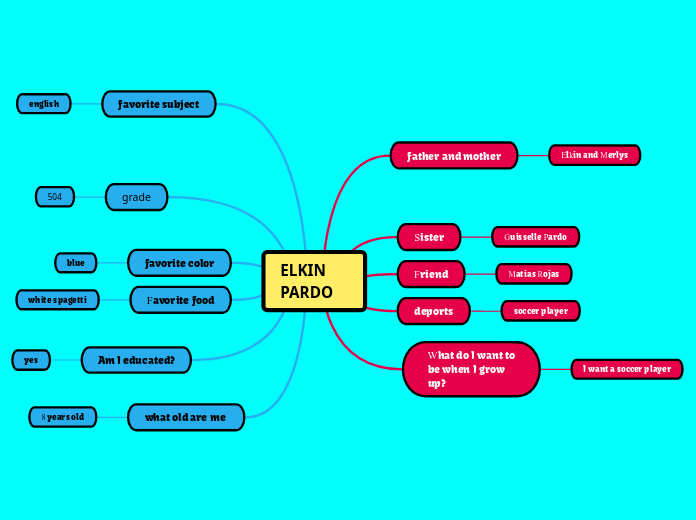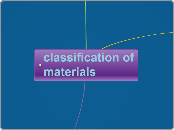door javier trallero 7 jaren geleden
159
Properties minerals
Minerals exhibit a variety of chemical, optical, physical, and mechanical properties that help in their identification and utilization. Chemically, minerals can react with acids, producing carbon dioxide, and their solubility determines how well they dissolve in water.









